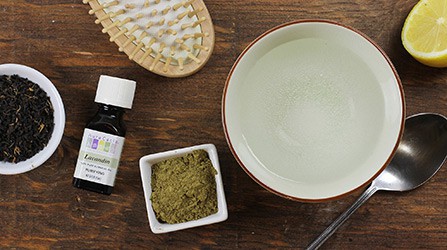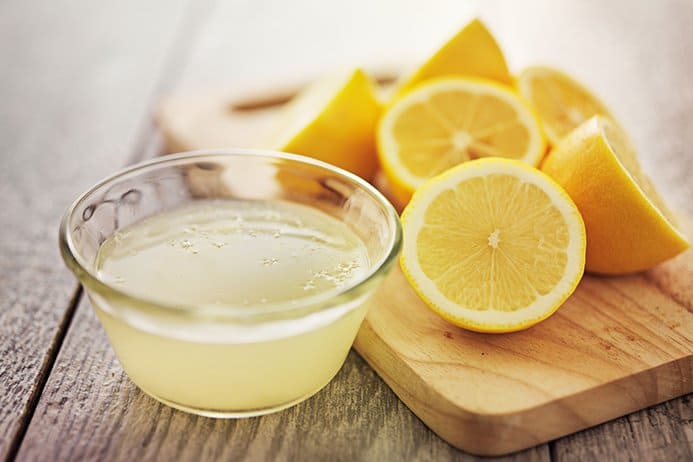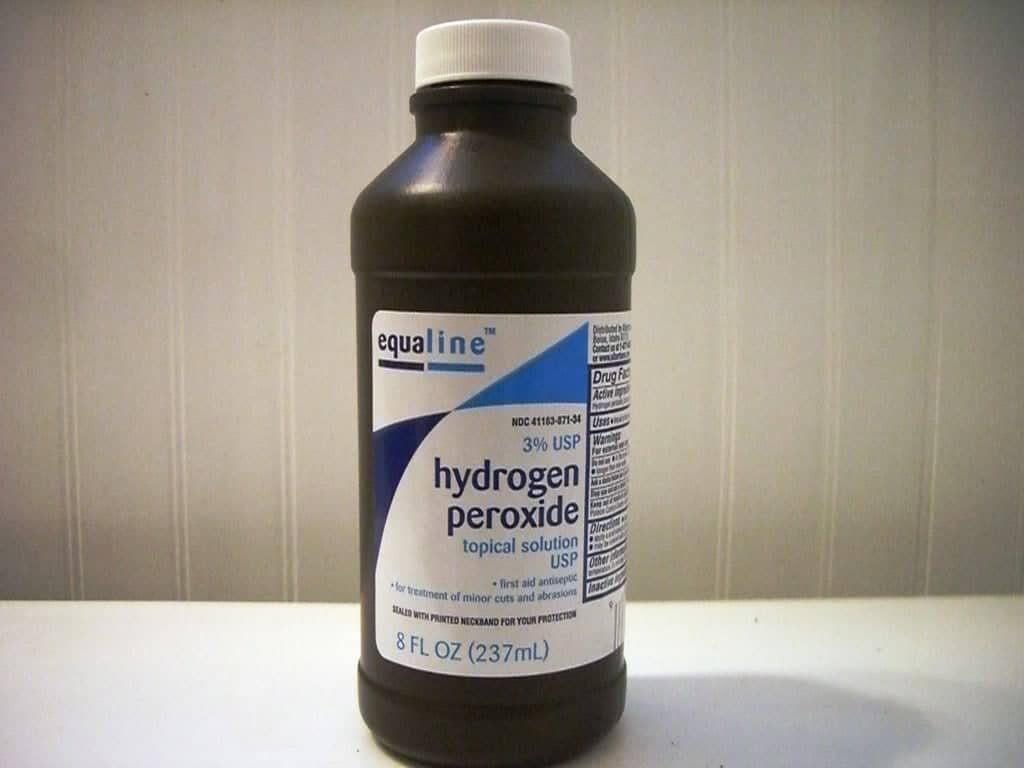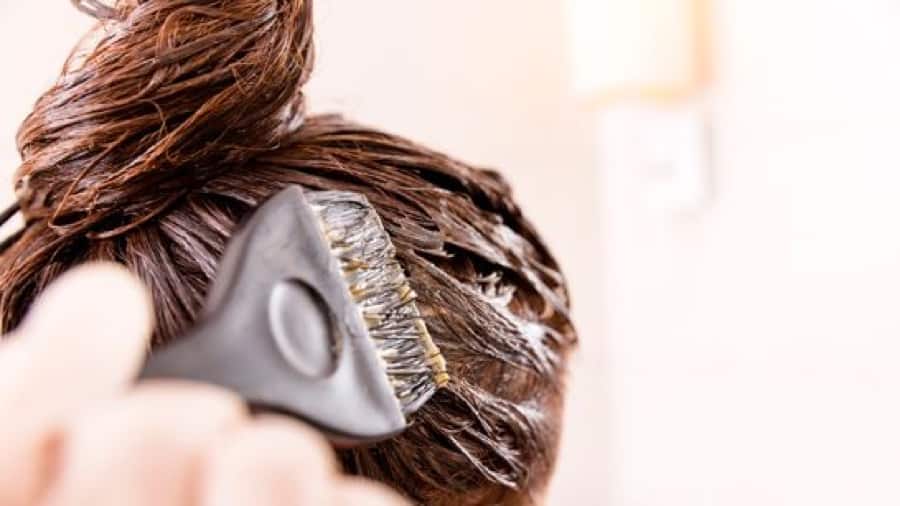When psoriasis develops on the scalp, you might lose hair. And if you have scalp psoriasis, you have to be very careful about what you put on the hair.
All of the chemicals that come in contact with the skin can be harsh and irritate your skin. Be aware of abrasive substances in your hair products, as some can even trigger a flare-up. With that in mind, people often ask can you dye your hair if you have psoriasis?
Scalp psoriasis presents challenges for hair dyeing. But if you take a few key steps before, during, and after coloring your hair, you can get a successful result.
Having scalp psoriasis is not a reason to rule out changing your hair color. But it does mean you have to be extremely careful.
Chapter Overview
What is scalp psoriasis?
Scalp psoriasis is one of the most common types of psoriasis. In fact, statistics in America show that half of the people with psoriasis, get it on their scalp.
The condition can cause small and fine scaling on the scalp. And it is different than dandruff. Some people mistake scalp psoriasis for dandruff. Shampoos can sometimes treat both conditions.
Psoriasis is a lifelong condition. However, it doesn’t have to be a life-limiting one. Psoriasis doesn’t have to be the limit to your hair dye.
It is not as simple as just going to the store, buy new hair color, and apply to your hair. Reactions can occur due to substances in the hair product.
Is it safe to dye your hair?
The answer is yes, but there are a few things you have to consider. Hair dyes do not damage the scalp or worsen your symptoms. Psoriasis affects the scalp, not the hair.
However, the chemicals in the dyes can irritate the scalp, and that is where you have to be extra careful. Because every case of psoriasis is different, your reaction to hair dyes is difficult to predict.
One thing that is constant and common? Do not use hair dyes during an active flare-up, as it will almost definitely cause a negative reaction to the dye. Wait for the flare-up to pass, and then dye your hair.
Tips for dyeing hair
Now that we know that it is safe to dye your hair with psoriasis, let’s talk about the tips for preparation.
Inform your hairdresser
If you intend to get a new hair color at a salon, make sure to inform your hairdresser. He needs to know about your condition beforehand. And if your hairdresser is not familiar with scalp psoriasis, make sure to send him some reputable sources for information. You need to help him understand the considerations with your scalp.
Try a patch test
A patch test is the best approach in terms of safety. Test the color on a small part of your hair before going all in. Usually, the best place for a patch test is the hair on the back of your neck. Because the area is more sensitive, it will give you a quick idea of possible adverse reactions.
Wait for 24 hours to see. If there are no problems, you can consider dyeing your hair. Continue with the rest of the treatment, but make sure to follow the instructions of the product.
Don’t dye during a flare
We touched on this before, but never dye your hair before a flare-up. When the scalp psoriasis is bad, wait for the flare-up to pass. You want the condition under control.
Flare-ups make your scalp even more sensitive, and even the smallest touch of chemicals can worsen the situation. Not to mention, you are more likely to have an adverse reaction to the hair dye.
Pay attention around the face
Hair dyes can stain your skin and aggravate it. There are some areas you want to be extra careful. Those include the eyes, ears, neck, and other sensitive areas. Some professionals suggest applying a protective barrier of petroleum jelly.
Natural is not always safe
Some beauty products can be classified as “natural”, but that doesn’t always mean they are safe. The FDA allows manufacturers to use natural as long as the product didn’t come from outer space. But you have to do your own research on the product. Natural products that are high in alcohol are just a big NO-NO.
Use your own products
If you go to a salon, and you want hair coloring done by a professional, try to bring your own products. Not all salons have products that are best for your conditions.
Some salons allow customers to bring their own products, including a medicated shampoo. Ask before you book an appointment.
Ask for gentle treatment
Ask the stylist that is doing the hair coloring to be gentle. Ask them to avoid using firm brushes, which can further scrape the scalp.
You could also request water at normal temperature. Warm or cool water is less likely to cause adverse reactions. You want to avoid water at more extreme temperatures.
Watch out for paraphenylenediamine
This ingredient is one of the worst for allergic reactions in hair dyes. That applies even more for people with sensitive skin.
Research whether the product you use has any paraphenylenediamine. In most cases, this ingredient is found in dyes for brown and black hair.
Be careful of allergic reactions
Speaking of allergic reactions, they can happen with any hair dye. Symptoms include skin that becomes swollen and red. Sometimes, you might experience burning or stinging sensation as well.
In most cases, the symptoms occur within 48 hours of treatment on the scalp. If you experience any pain, blistering, or swelling, make sure to consult a physician immediately.
Natural ways for dyeing the hair
We said before that natural is not always natural. But with that in mind, we want to give you a couple of ideas for natural ways to dye your hair.
Henna

Henna is a well-known dye that leaves a reddish tone in your hair. You can use it for reddish or brown color. However, do not use black henna, which is high in PPD, an ingredient likely to cause an adverse reaction.
Baking soda

You will be surprised, but baking soda has many uses in addition to being an ingredient in the kitchen. With that in mind, a mixture of baking soda and water can be used on your hair as a lightening product.
Coffee and black tea

If you want to dye your hair brown, black tea and coffee are good options for natural ingredients. If you use coffee, brew a strong cup of dark-roast coffee, and then mix half a cup with two tablespoons of coffee grounds and a cup of leave-in hair conditioner.
Apply to clean and damp hair, leave it for one hour, and then wash. You can do the same with black tea.
Lemon juice

Known as the best natural bleacher, lemon juice can also be used to lighten your hair. Best used for brown or dark blonde hair. Mix equal parts of lemon juice and distilled water to prepare a rinse for your hair.
Peroxide

It might not be the most “natural” product, but peroxide is a good alternative to bleach. For one thing, it is slightly gentler than it.

